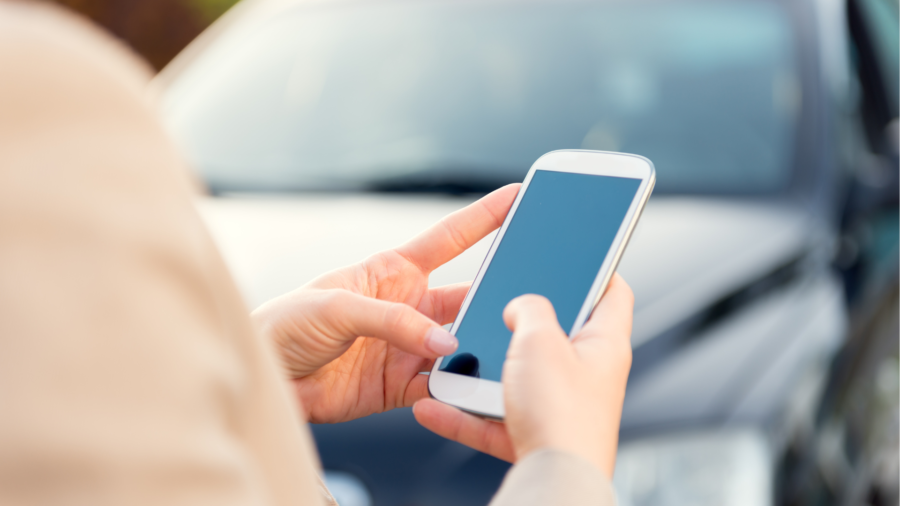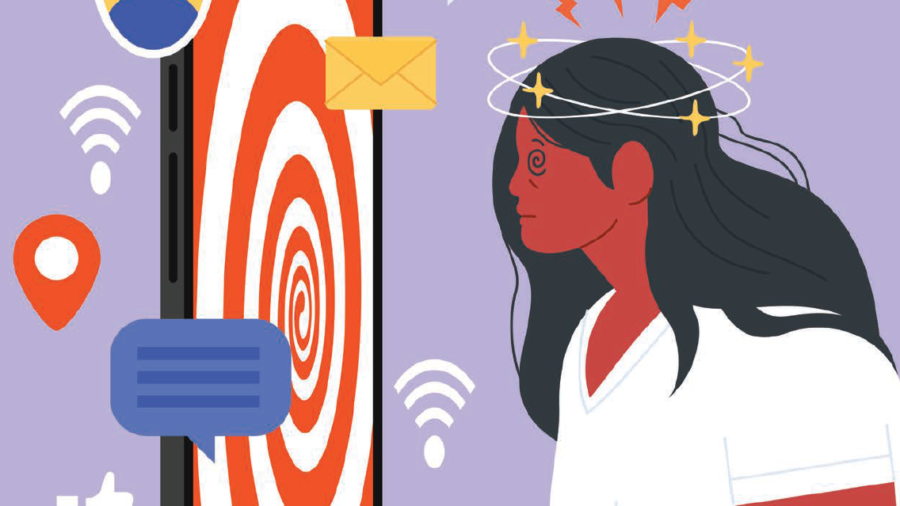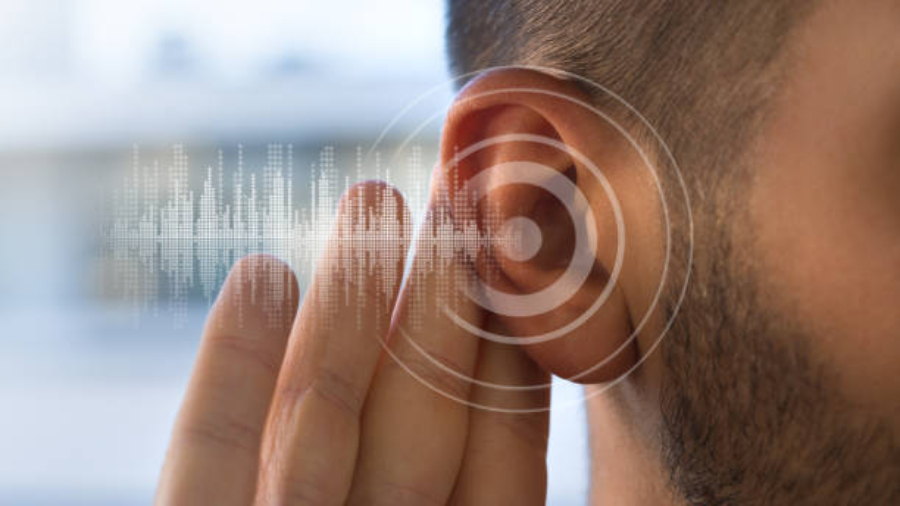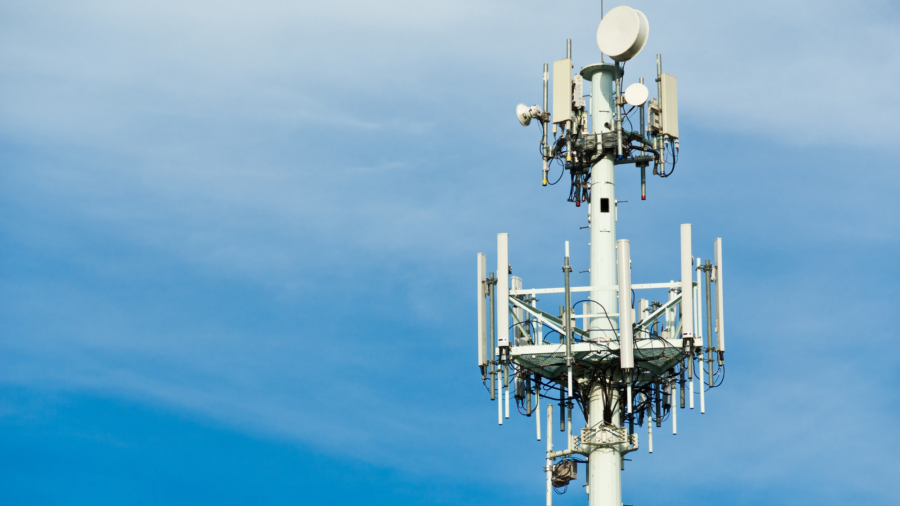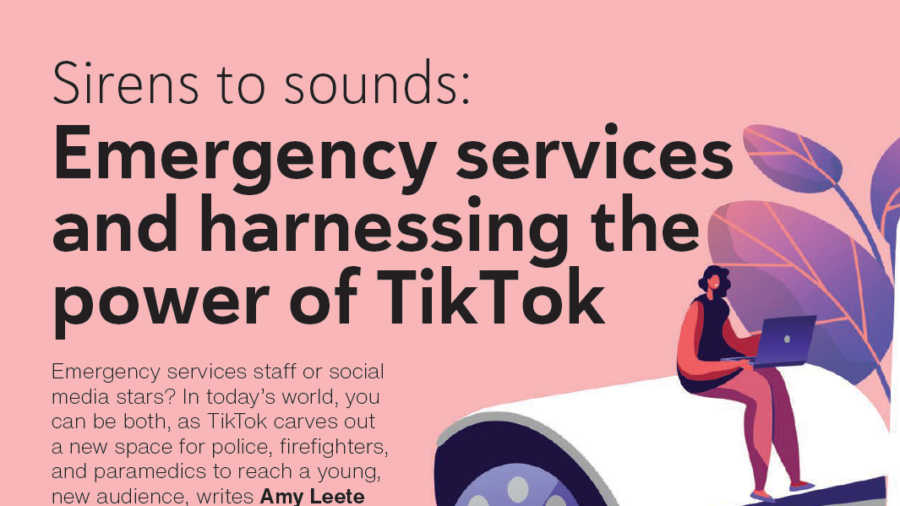This blog post introduces the progress of Real-Time Text implementation and the regulation, importance and challenges of the function.
How the Push for Inclusive Emergency Communications is Driving Technological Breakthroughs
While disability affects a high proportion of the population, accessible emergency services are not available to all. But new technology is turning the tide – ushering in a new wave of services that are making emergency responses faster, easier, and more efficient.
A Case Study of Accessibility: 999BSL
In this blog, Katie Hanson, Senior Consumer Affairs Manager at Ofcom UK, explains 999BSL – a service introduced in 2022 that allows deaf British Sign Language (BSL) users to access emergency services in their first language. How does 999BSL work, and what was the process of consulting sign language users to ensure the service met their needs? What are the key requirements for 999BSL and how does it ensure equivalent access? What were the challenges, and how did the service overcome these? Find out more below.
The Road to VoLTE Emergency Calling: Addressing the Opportunities and Challenges
The commercial and regulatory drive to roll out 4G/5G networks is generally welcomed by all stakeholders. Mobile Network Operators (MNOs) can increase network capacity by refarming valuable spectrum from “legacy” 2G and 3G network services to facilitate the provision of more enhanced services to their customers while regulators and authorities will be pleased to see faster speeds, better connectivity, and more enhanced and flexible communication services available to the public.
Where Are We… With Accessibility?
With at least 650 million people with disabilities worldwide, and 100 million people with disabilities in the European Union alone, accessibility matters. So why is it that most emergency services can still only be reached via voice call? With EU legislation deadlines looming, let’s explore the obstacles – and solutions – for accessible emergency communications.
The False Call Mystery
Earlier this year, emergency call centres experienced a strange and alarming issue. Globally, millions of calls to emergency numbers were made, but the callers were completely silent.
The Effects of Circuit Switched FallBack on Emergency Calls
According to the current legal framework, access to emergency services revolves around number-based interpersonal communication services, which means the caller identity is one of the main attributes of the emergency call.
Sirens to Sounds: Emergency Services and Harnessing the Power of TikTok
Emergency service staff… or social media star? In today’s world, you can be both – as TikTok carves out a new space for police, firefighters, and paramedics to reach a young, new audience.
The NG-SOS Platform; a case study of up-and-running international interoperability
NG-SOS has created a unique cross-border connection of 4 EU mobile apps, which together currently serve more than 3.5 million users, and which have been communicating within a homogeneous barrier-free region for more than 4 years.
New Technologies, New Opportunities: Improving Accessibility in Emergency Communications
This blog considers the role of PEMEA in light of new accessibility requirements clarified by the recently adopted delegated regulation supplementing the European Electronic Communications Code.

